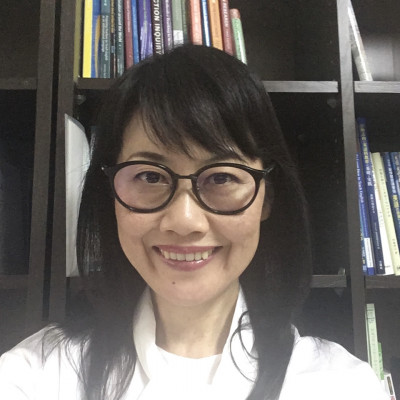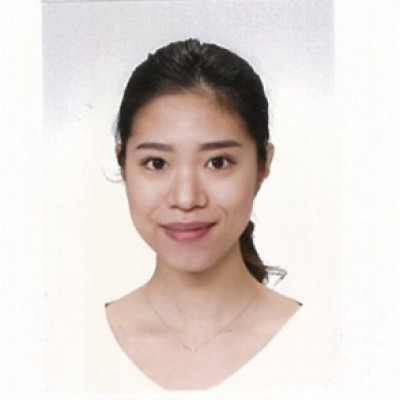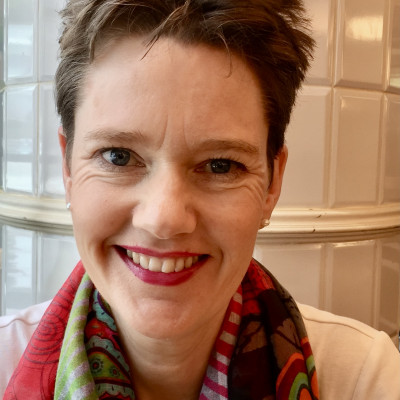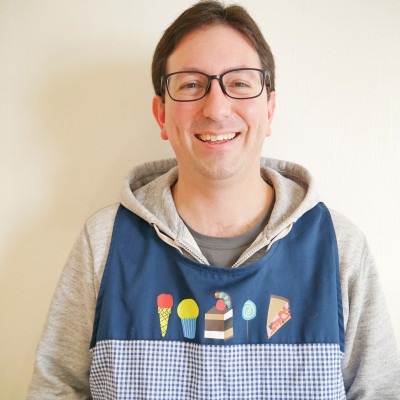Sessions / Location Name: E21
Physical Location
Location: E21
Building: Miwa Campus Building < The University of Nagano
Bridging Compulsory English Classes from Elementary to Junior High in Japan #2846
In this presentation, we will report on research in 2021 with 99 5th grade elementary students from three different elementary schools and 242 7th grade students from one junior high school in southern Japan. We will look at some ideas on how to help bridge the gap between Eigo Katsudo and regular compulsory English classes. Although our pilot research showed higher student motivation in junior high school, most research has shown that students like elementary school English lessons but do not prefer junior high English lessons. Ideas as to why there is a gap will be explored. Furthermore, the results from this initial pilot study showed that 77% of JHS students feel learning English in elementary school is useful in junior high. Our study also showed that 70% of junior high students reported that their English lessons progressively got harder. Reasons why this might be true and ways to help smooth the transition from elementary school Eigo Katsudo to junior high school compulsory English classes will be explored.
Creative Writing for Young Learners #2738
Teaching writing to young learners typically involves answering questions or reproducing formulaic sentences. Although this encourages accuracy, it limits chances for creativity, and may not be motivating for students. This presentation explores two innovative activities to encourage young learners’ creative language use whilst giving importance to positive feedback in creative writing activities. Both activities give learners opportunities to experiment with language and extend their use of it while having fun. The first activity is to write their own fairy tale. The genre is introduced using videos before encouraging students to create their own stories. Watching different stories each week gives students inspiration as well as meaningful input. Writing their own stories is a good way to encourage learners to use a wide range of vocabulary and phrases to deepen the content of their stories. The second activity is a written retelling of a short video story. Students watch the video, then they retell the story together in the class, which they write in their notebooks. In this way, learners are exposed to meaningful output in speaking and writing. Both activities can be adapted to any age group and any level of English proficiency.
Examining Responses to Various Question Types in Picturebook Read-alouds #2714
During read-alouds, a great deal of the benefit and enjoyment learners gain is due to the interaction from sharing the picturebook (Wells, 2003) making it a very important part of the read-aloud. Teachers are often told to use open questions over closed questions if at all possible (Paul, 2003) as they increase interaction and conversation (Lee et al., 2012). However, Japanese conversational styles as well as cultural and teaching styles mean both Japanese teachers and learners can find open questions very challenging (Hammond, 2007). This presentation discusses a small-scale case study which examined how 10-12-year-old Japanese elementary school low-level English learners respond to open and closed questions during interactive picturebook read-alouds. This presentation will discuss four main areas: the amount of interaction created by each question type, the different types of responses elicited, the situations where students could not respond to questions, and how class dynamics affected student responses. Participants will leave the presentation with a clearer idea of when the use of closed questions may be more appropriate than open questions during read-alouds in the low-level Japanese classroom.
Happily ever after: Post-reading projects for picture books #2859
Picture books are powerful tools for language learners. They tell stories through both words and pictures, and are a source of authenticity, motivation, and foundational literacy skills. However, once the story is told and the book is closed, there are still opportunities for meaningful learning to take place. This presentation will explore a variety of post-reading activities for young learners from preschool and up through elementary school ages, including retellings of famous stories, books made by students about themselves, and illustrated predictions of story resolutions. The talk will focus on creative art projects that allow children to engage with and personalize the themes, messages, and questions of a variety of picture book styles, such as wordless books, open-ended stories, and concept books. Key principles for choosing books, designing activities, and selecting materials will be discussed, along with suggestions for matching projects to age and ability levels. Finally, the potential for linking story and language content to teaching about subjects such as science, mathematics, and world cultures will be examined.
Adapting a Model UN for high school EFL students of various levels #2831
Model United Nations has been growing within the last 30 years as an active-learning educational conference for high school students in Japan, for the purpose of raising awareness in global issues as well as allowing participants to convey creative, logical, and critical output to formulate solutions to world problems in a L2 environment. Many schools are taking interest in either participating in or hosting a Model UN for their students; however, as a Model UN is mostly conducted in English, teachers may question whether their students can successfully participate due to either low EFL levels or a lack of understanding in global issues. This presentation utilizes ongoing action research to answer questions pertaining to how a Model UN can be adapted for high school students of various EFL levels to participate, especially in regards to what topics to choose for debate and discussion, as well as how to prepare students for successfully participating in a Model UN through simple scaffolding techniques and idea formation, despite their EFL levels.






